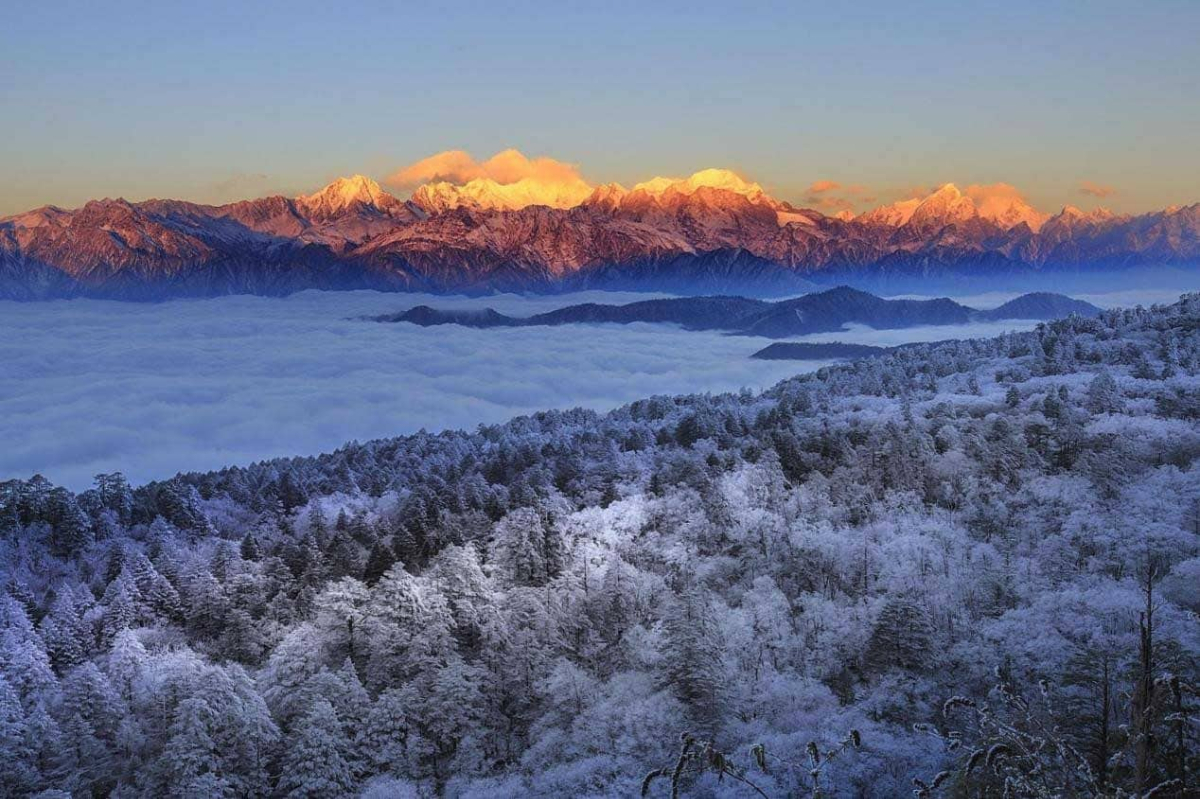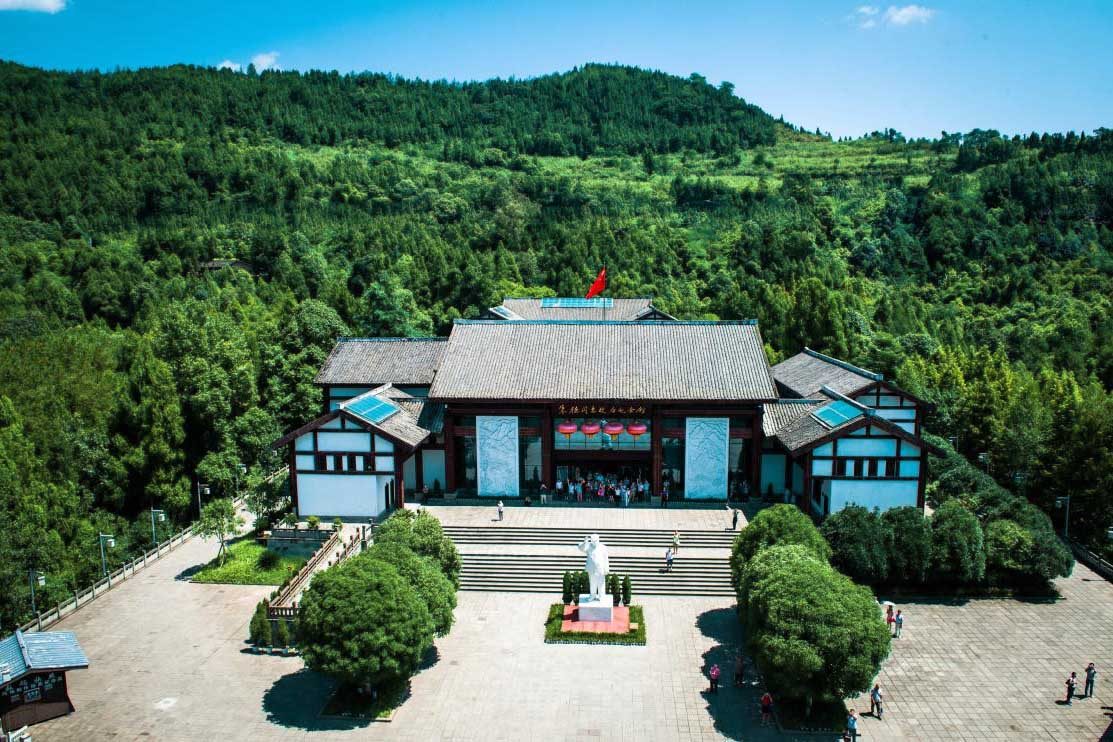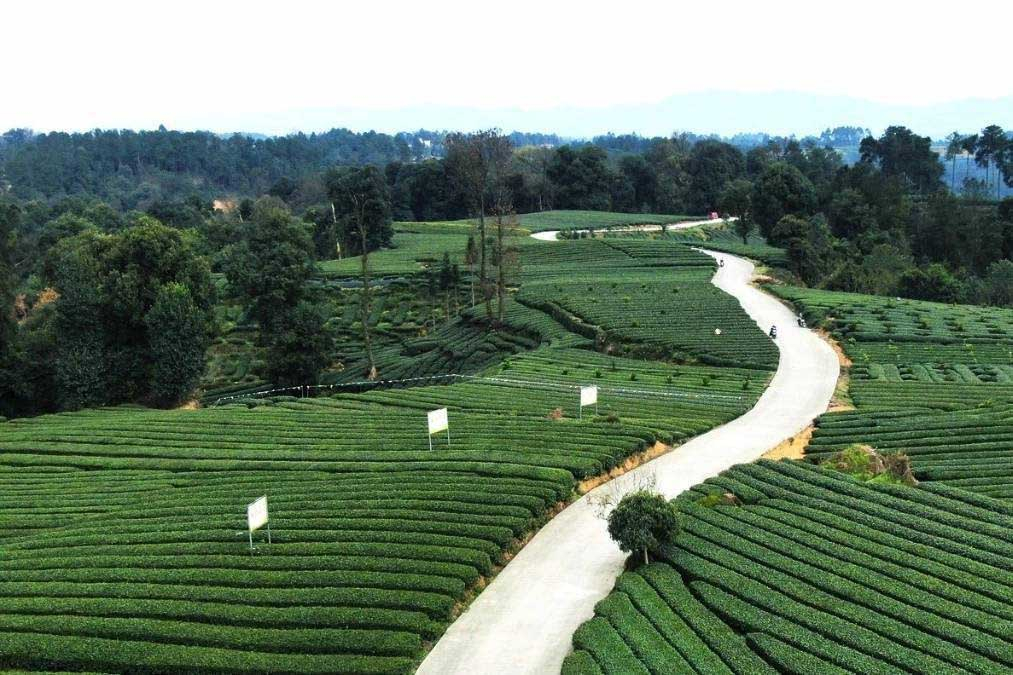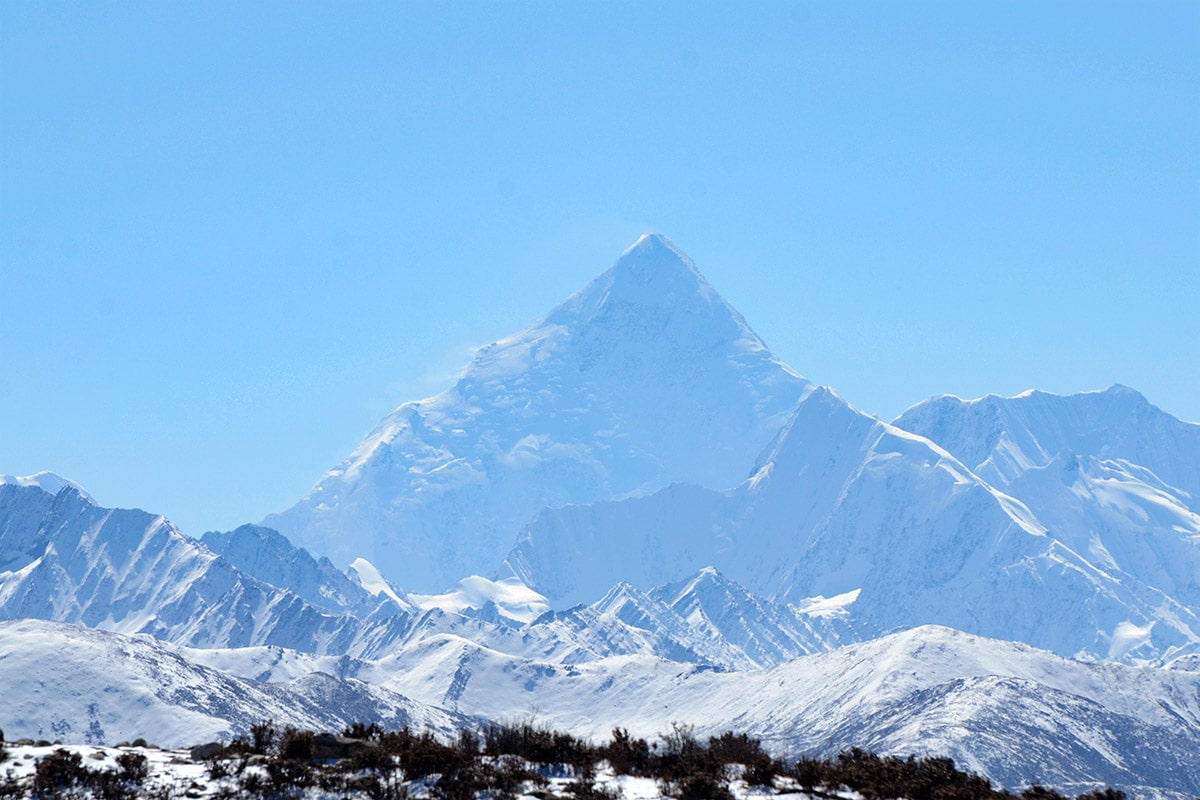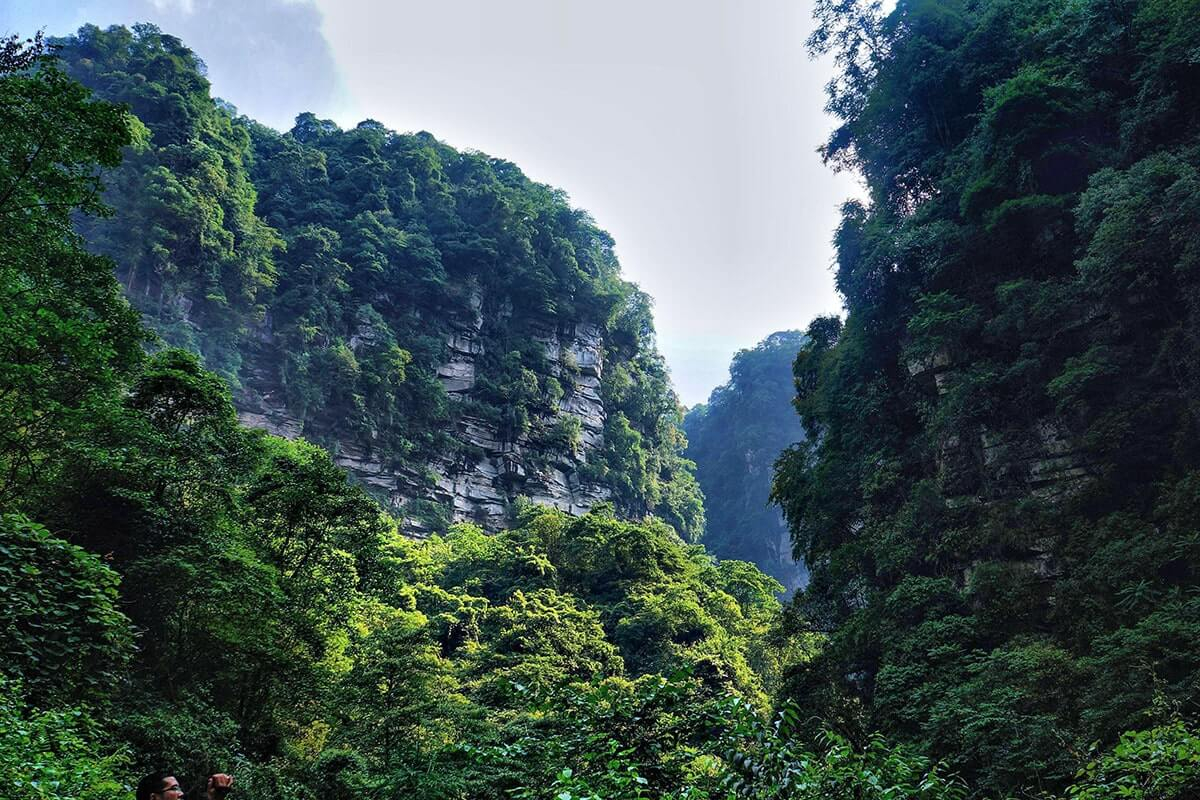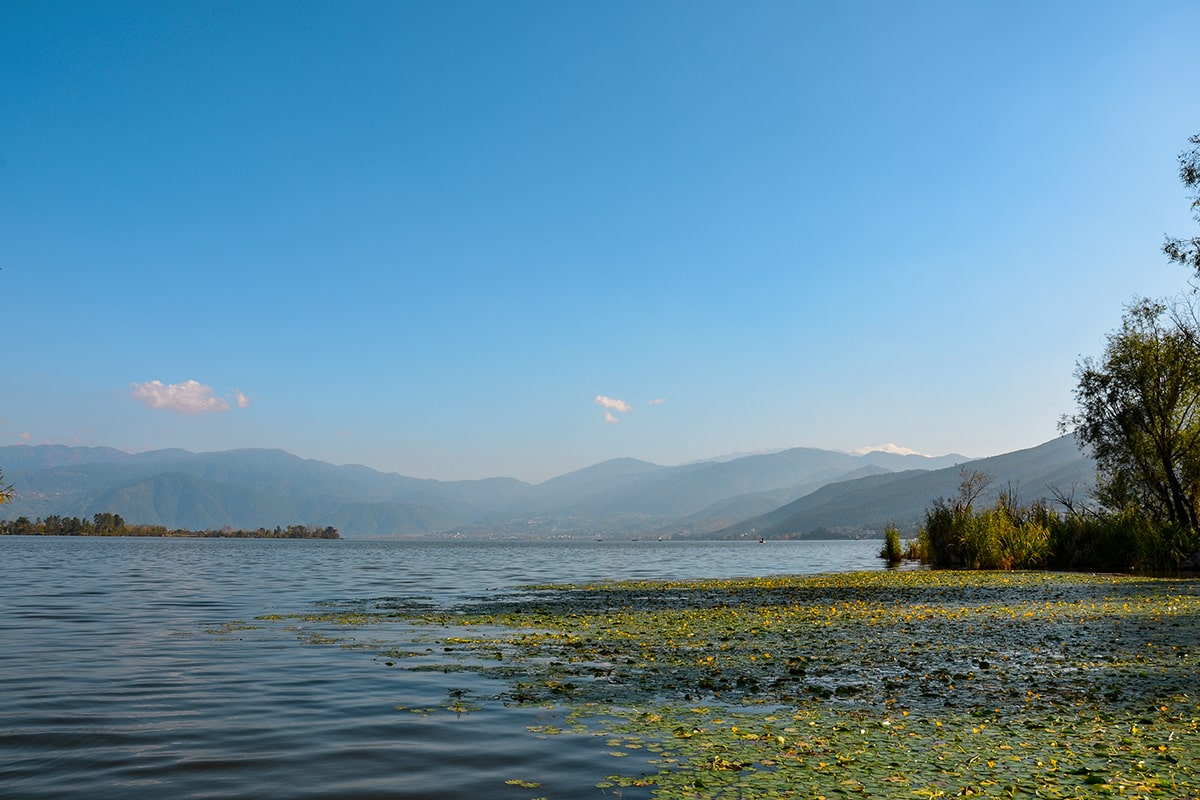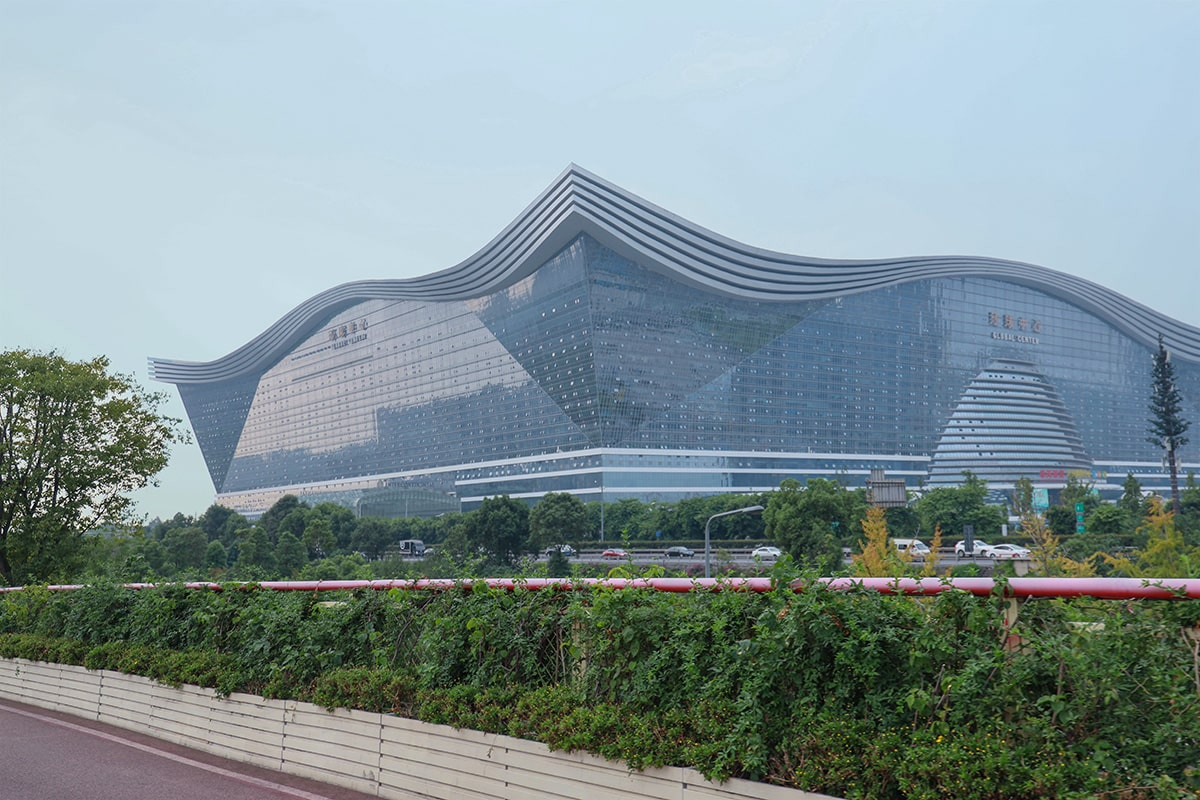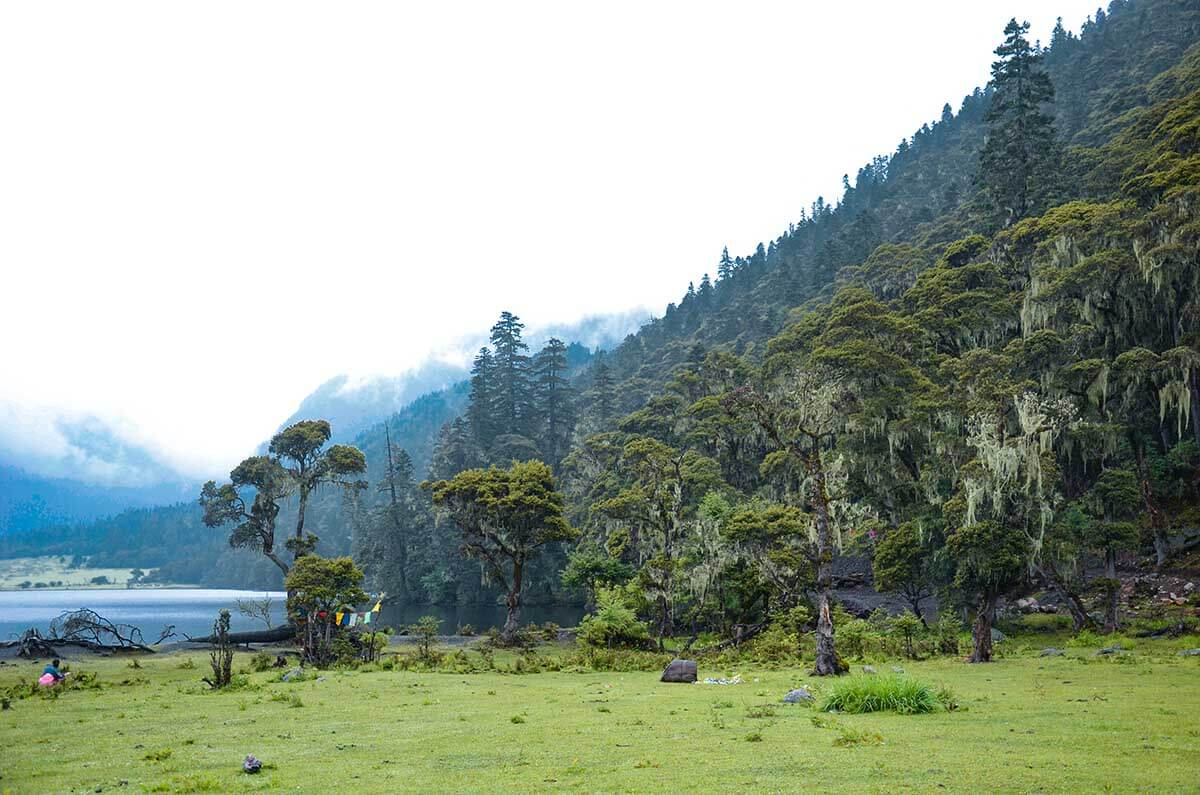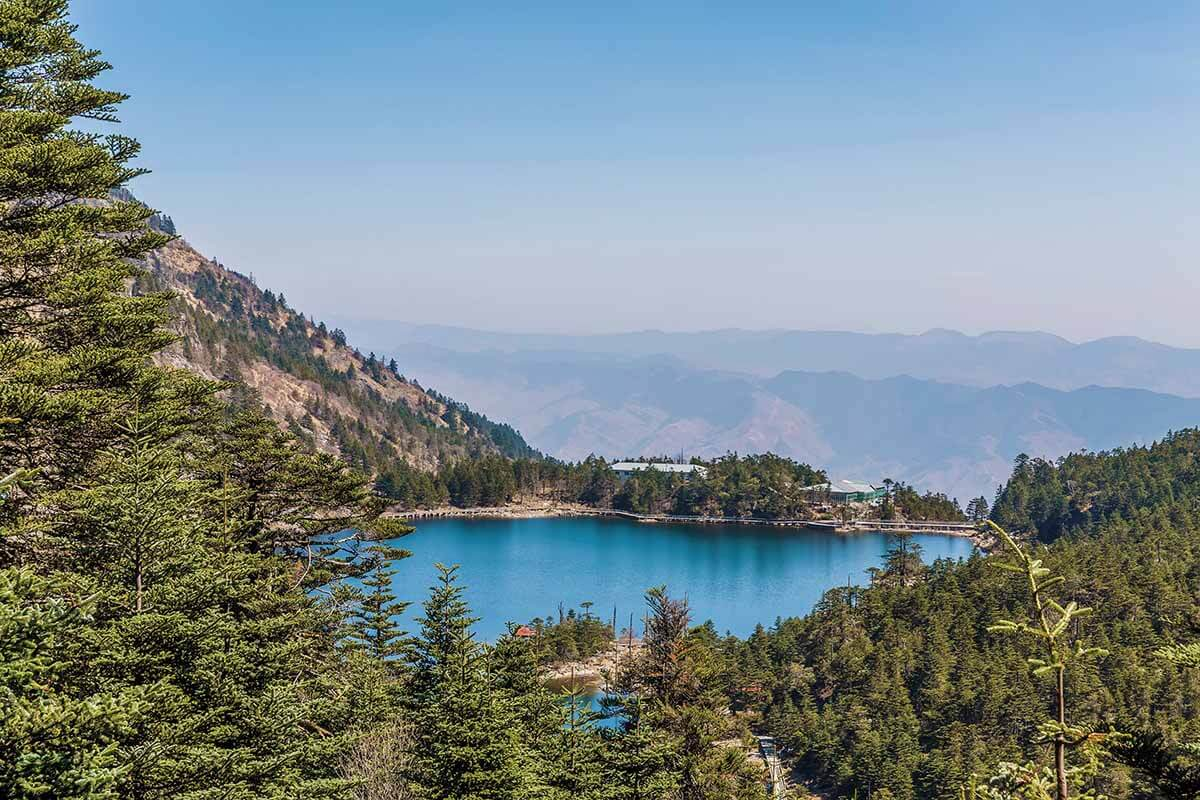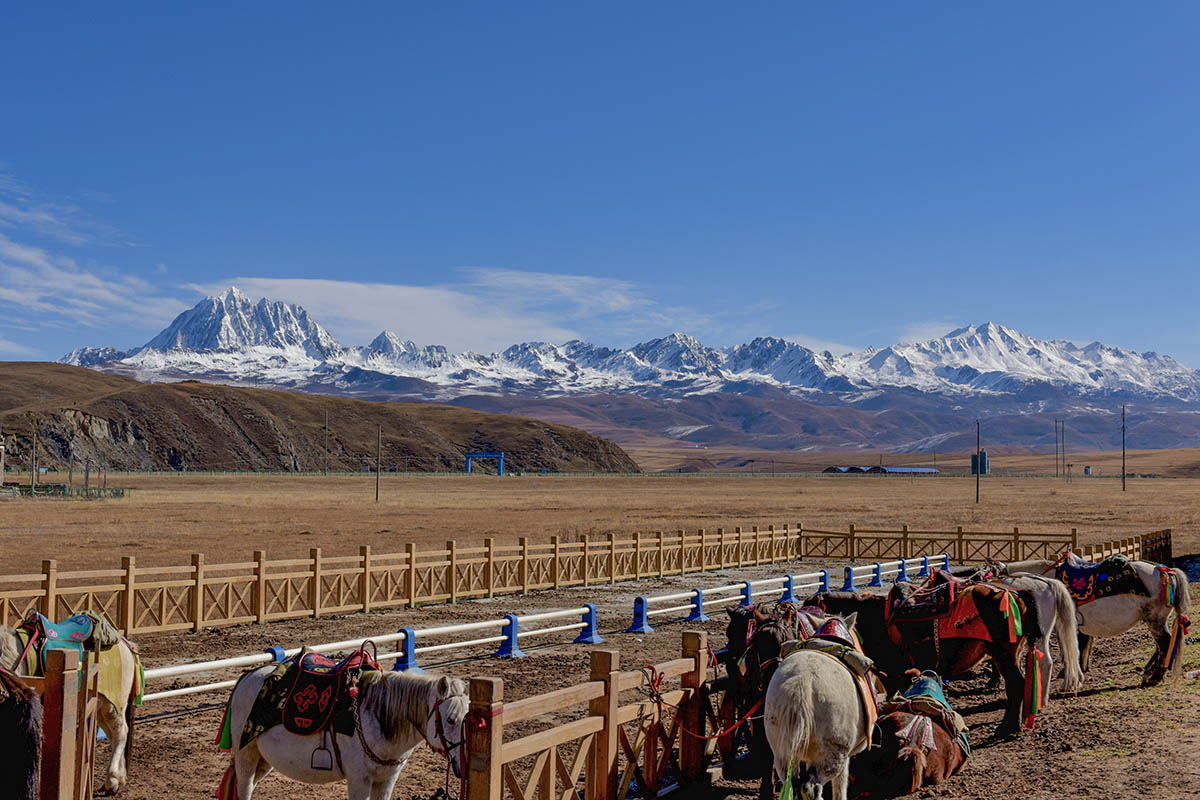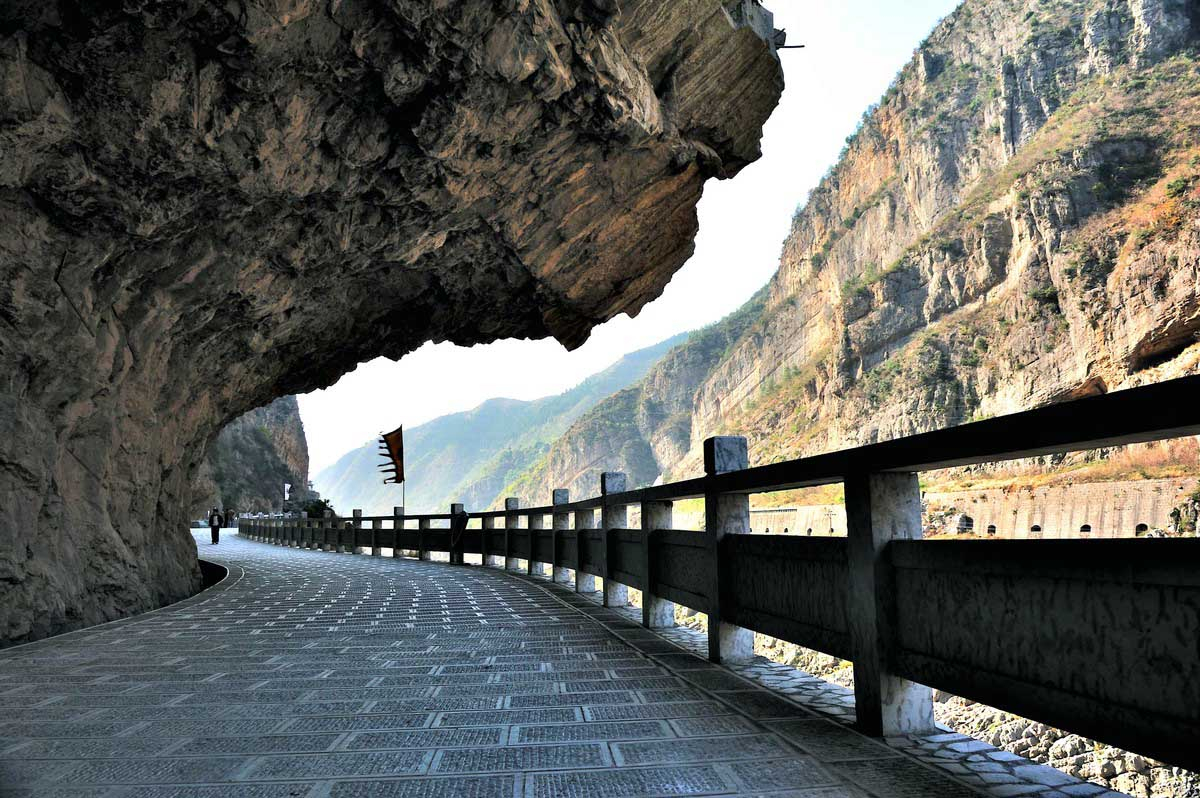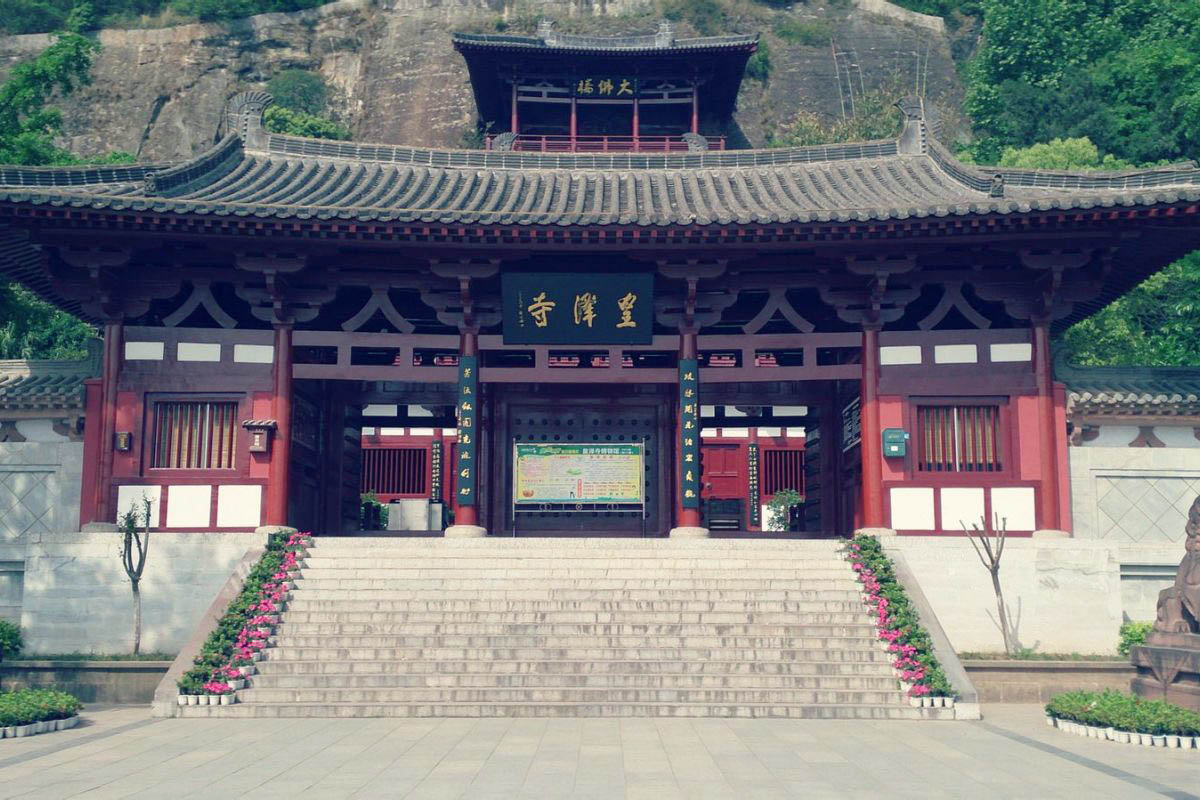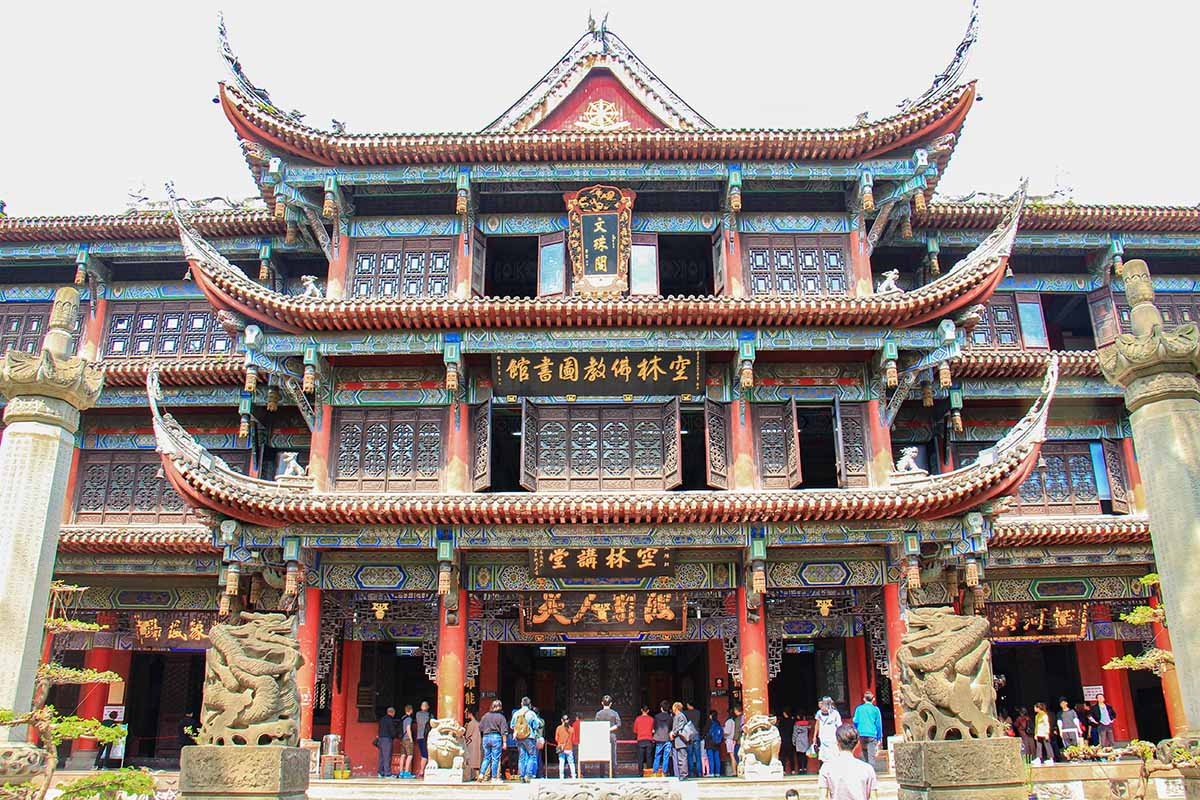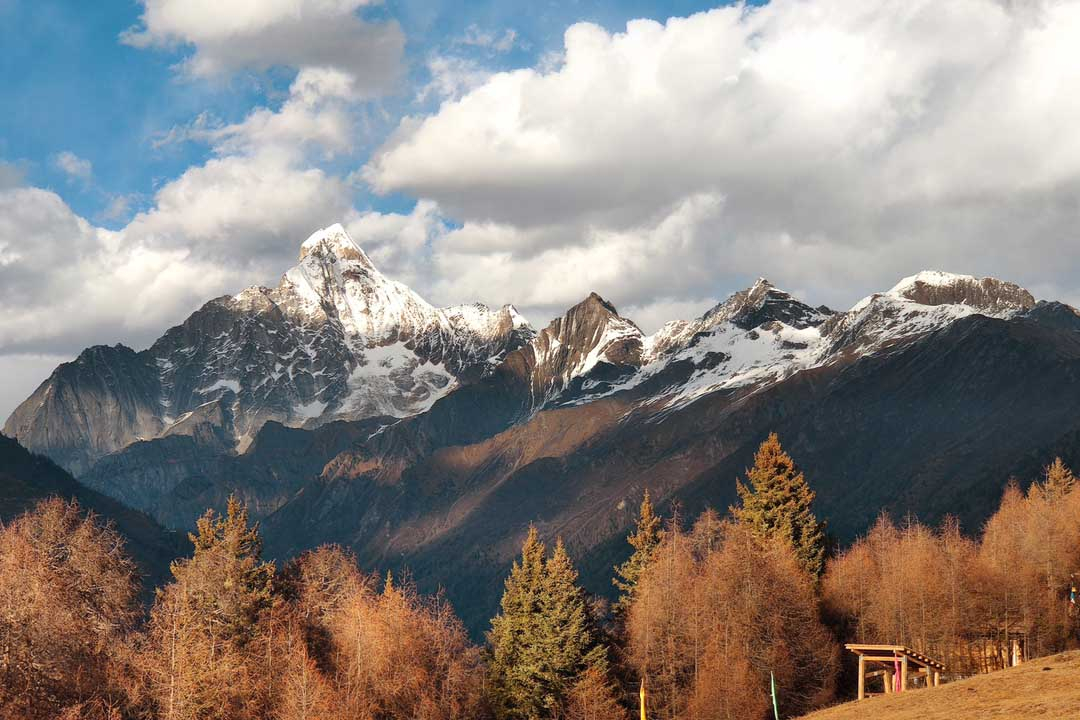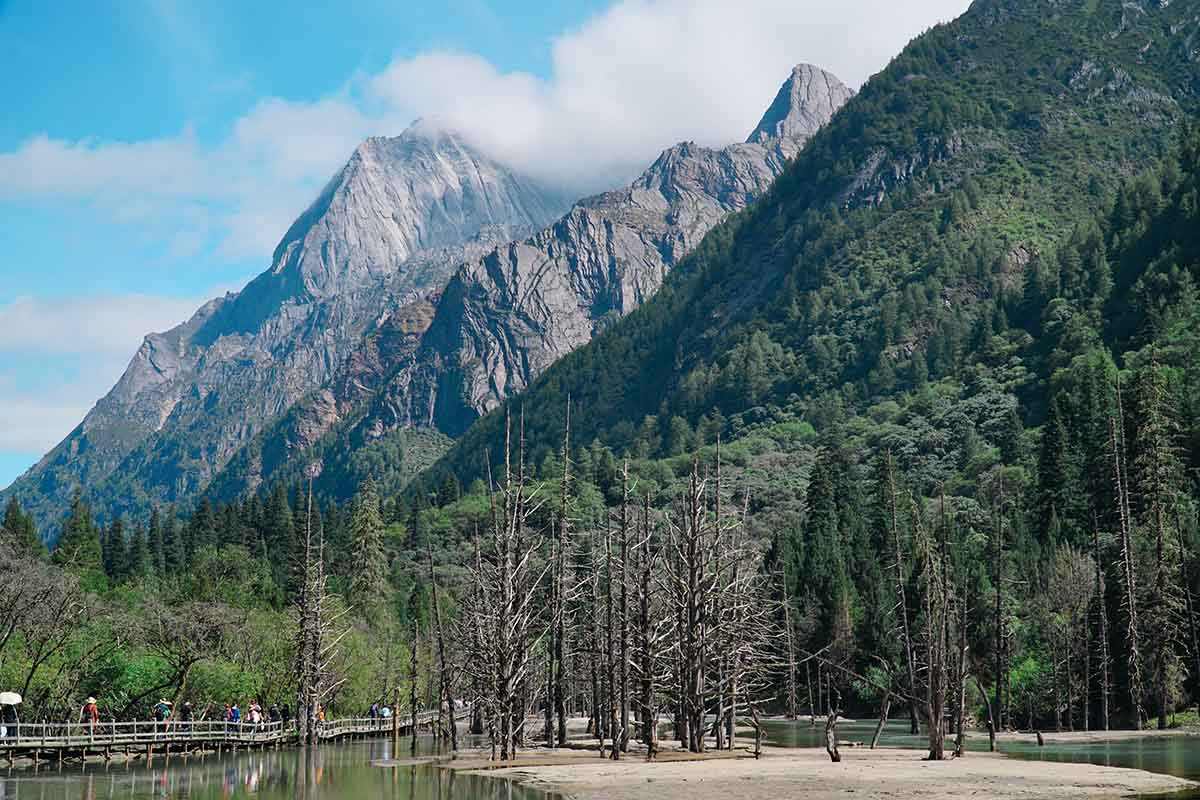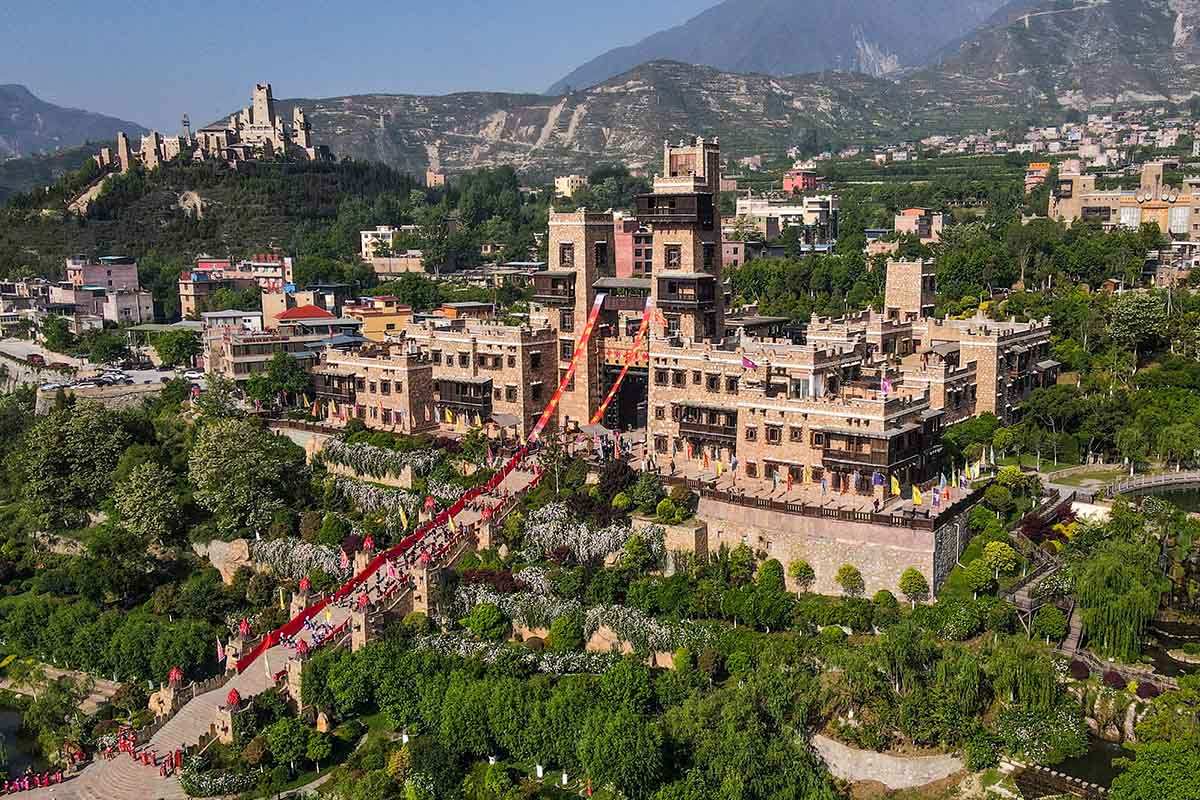Dongla Mountian Grand Canyon
Chinese name: 东拉山大峡谷(Dong La Shan Da Xia Gu)
Location: Longdong township, Baoxing County, Ya’an City, Sichuan Province
Ticket: Entrance ticket CNY50.00
Estimated time of tour: 4-6hours
Recommended time of visit: May to Oct.
Nearby attractions: Bifengxia Panda Base, Shenmulei Scenic Area, Dengchi Valley, etc.
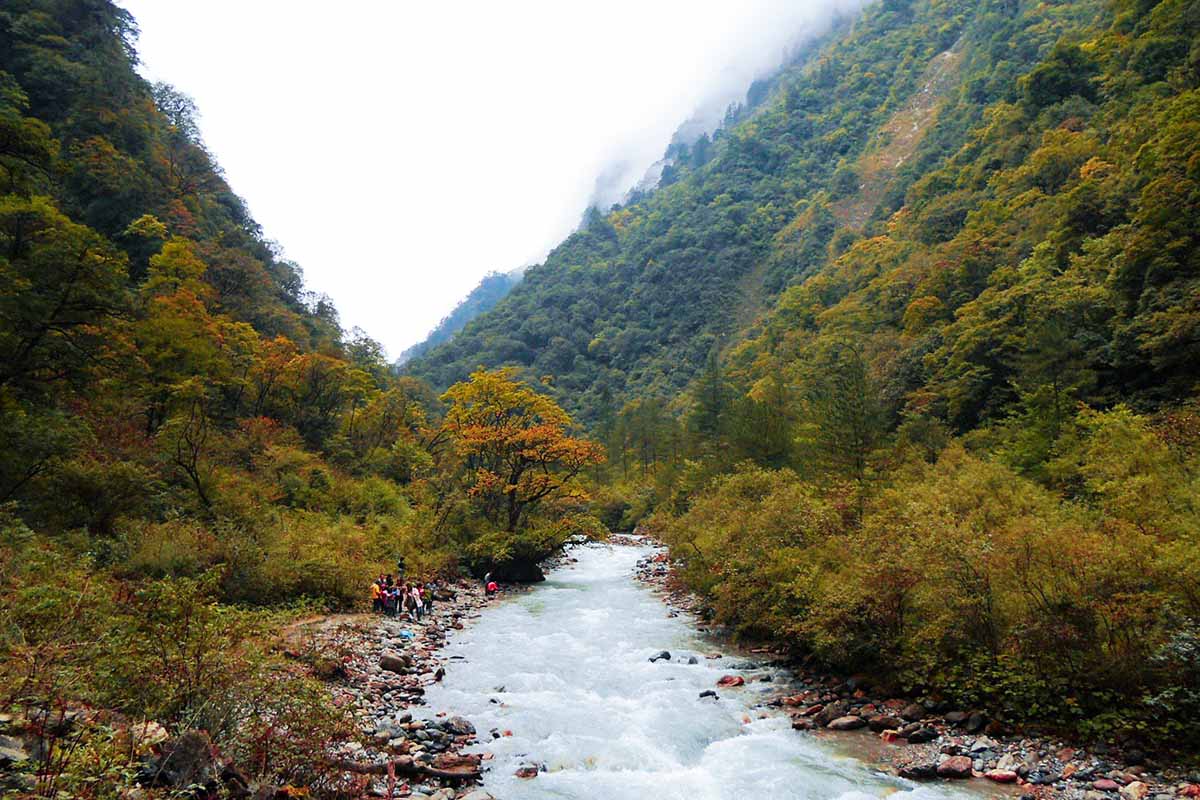
Dongla Grand Canyon Scenic Area is located in the south section of Longmengshan range. It is under administration of Baoxing County, Ya’an City, Sichuan Province. It is 240km away from the provincial capital Chengdu and 100km away from its nearest large city of Ya’an. It is 28km from Baoxing County. The canyon scenic area covers an area of 348 square kilometers with elevation from 1800-5338 meters. The core area is at the elevation of 1800-2200 meters. There are five main areas: Donglashan valley, Ganyangzheng Valley, Lujing valley, Guiqiang valley and Maozi Bay. The scenic area is a mixture of valley landscape, snow peaked mountain and highland grassland.
Dongla Mountain Shenmu Base is made up of towering old trees, plateaus, meadows, and a well-preserved old-growth forest with JinShan Forest Nature Park taking up some part of it. Mountain roads and wooden bridges are built for you to make your way more easily. Other than that, you will also see a stupendous view of the Tibetan shepherd’s grazing cows, sheep, mules and horses and even pigs in the wild, hillside meadow. If you come during mid Oct to mid November, you will see the magnificent view of red autumn leaves spread all over the forest.
● Panda Discovery
Among its valleys in Dongla, the Ganyangzheng Valley (Goat herding valley) is the one worth mentioning. This was the very spot that Western world discovered Giant Panda for the first time. Chinese have been dealing with this unique animal for millenniums. Descriptions and images of what was known as “white bear” had appeared in many ancient Chinese books and literature. But it was until 1869, have the Western world found out the existence of this strange animal. It was the work of a French missionary, zoologist and botanist Jean Pierre Armand David. He had been working as a missionary for local Church for 2 years before he stumbled upon a local farmer’s house in Ganyangzheng valley and noticed a strange animal fur with black and white strips hanging on the wall. He asked local hunter to capture this animal for him. The hunter did bring him back a live Panda. As a keen zoologist, he knew this was a new species and tried to bring it back to France. But it didn’t make it way out of China and died on the road. David, probably for the first time of history, analyzed the anatomy of panda and made it into a specimen. He also gave panda its proper name in science community:Ailuropoda melanoleuca. Later he showed this animal specimen in Paris, a first time in western world. So today, many westerner see David as the discoverer of panda and Baoxing County is viewed as the place of discovery.
● Qingyi River
Qingyi River flows along the valleys of Dongla Canyon. It is one of many tributary rivers of Min River which itself is a tributary river of the mighty Yangtze River. It famously joints with other two rivers at the confluence in Leshan city where people carved out a giant Buddha statue in 10th century to worship river god and provide divine power to protect passing by merchants. That statue is later known as Leshan Giant Buddha, now a UNESCO world heritage site.
- HOTEST
- RECOMMEND

